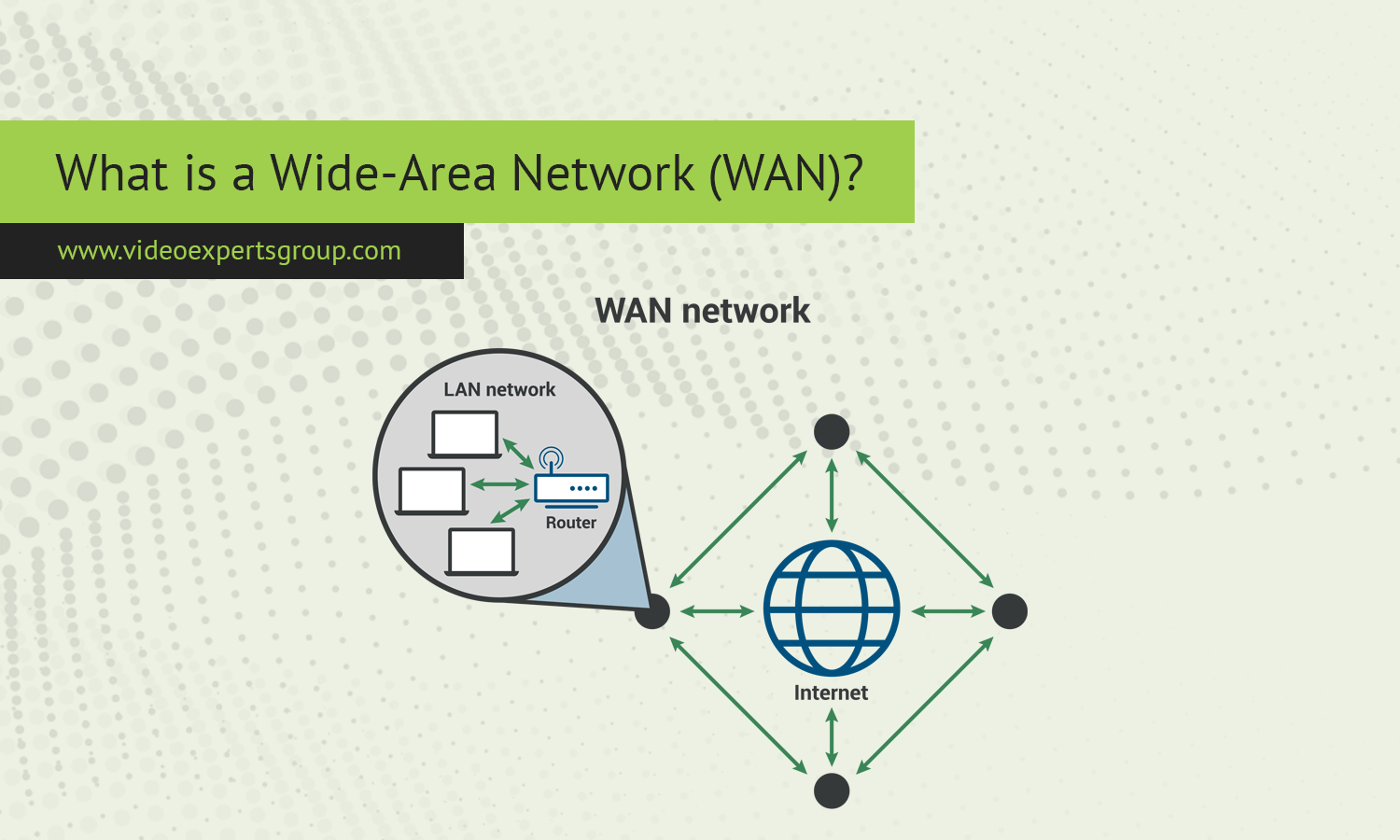A Wide-Area Network (WAN) is a type of computer network that spans vast geographic areas, connecting devices and networks over long distances. Unlike Local Area Networks (LANs), which are confined to small areas like homes or offices, WANs are designed to enable communication across cities, countries, or even globally. These networks are essential for businesses, governments, and organizations that operate in multiple locations, allowing for seamless data transfer and communication between distant points.
Definition
WAN stands for Wide-Area Network, a network that connects multiple Local Area Networks (LANs) or devices across large geographical distances. It can span from a few miles to thousands of miles, enabling long-distance communication. WANs use a combination of private and public infrastructure, including leased telephone lines, satellite connections, and the internet, to link different network nodes.
The most familiar example of a WAN is the internet, which connects millions of networks globally. However, organizations often have their own private WANs to securely connect branch offices or facilities across multiple locations.
What is WAN Used For?
A WAN is crucial for enabling communication and resource sharing across distant locations. Here are some of its primary uses:
- Interconnecting Branch Offices: WANs allow businesses with multiple locations to connect their internal networks, ensuring that employees across different cities or even countries can access the same data and applications.
- Remote Work and Telecommuting: WANs provide the backbone for enabling remote workers to access company systems from any location, ensuring they can work as efficiently as if they were in the office.
- Internet Access: WANs form the infrastructure that provides internet connectivity. Internet Service Providers (ISPs) use WAN technologies to connect homes, offices, and data centers worldwide.
- Cloud Services and Data Backup: WANs enable companies to store and access data on remote servers, often through cloud services, ensuring data is accessible from multiple locations and securely backed up.
- E-commerce: Online businesses rely on WANs to facilitate transactions, manage supply chains, and ensure smooth communication between buyers and sellers worldwide.
Example of a WAN
A multinational company with headquarters in New York and branch offices in London, Tokyo, and Sydney uses a WAN to connect all these locations. Each office has its own LAN, but the WAN interconnects them, allowing employees in every location to access the same central database, collaborate on projects, and communicate seamlessly.
In this case:
- The headquarters LAN is connected to the WAN through a high-speed leased line.
- Branch offices in London, Tokyo, and Sydney also connect to the WAN using secure connections, often through Virtual Private Networks (VPNs) or dedicated circuits.
- Employees can share resources such as files, video conferencing tools, and business applications, regardless of their physical location.
Advantages and Disadvantages
Advantages:
- Wide Coverage: WANs connect devices across vast distances, enabling global communication and resource sharing.
- Remote Access: Employees can work remotely, accessing corporate resources from any location, improving productivity and flexibility.
- Centralized Data: WANs allow organizations to centralize their data and applications, simplifying management and reducing redundancy.
- Scalability: WANs can grow to accommodate new branches, locations, and users without major infrastructure changes.
- Improved Collaboration: Businesses with multiple offices can easily collaborate in real-time, regardless of where employees are located.
Disadvantages:
- High Costs: Setting up and maintaining a WAN can be expensive, especially for private networks that require leased lines or specialized equipment.
- Complexity: WANs are more complex to manage and troubleshoot than LANs, requiring specialized knowledge to configure and maintain the network.
- Latency: Because WANs span large distances, there can be delays in data transmission, particularly for real-time applications like video conferencing.
- Security Risks: WANs that use public infrastructure, such as the internet, are vulnerable to cyberattacks, so strong security measures like encryption and firewalls are necessary to protect sensitive data.
FAQ
A WAN is a critical infrastructure that supports communication and data exchange across vast distances. Whether enabling global business operations, connecting remote workers, or providing internet access, WANs play an indispensable role in the modern connected world. Understanding how they function and their advantages and disadvantages is key to leveraging their potential effectively.
















